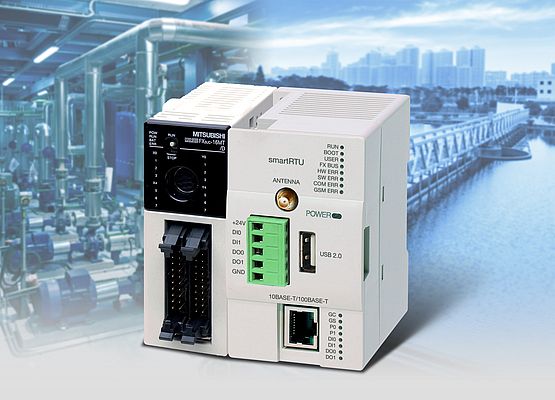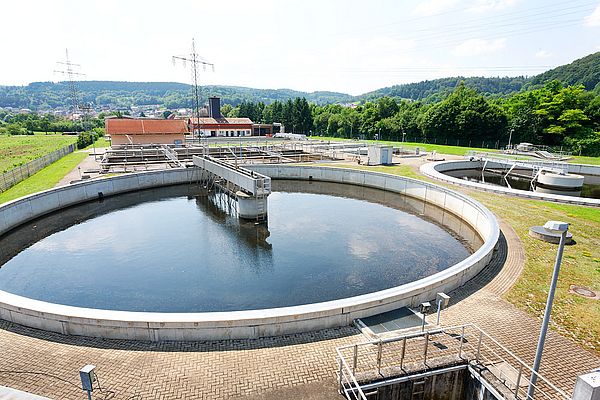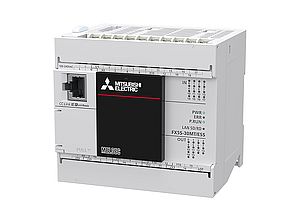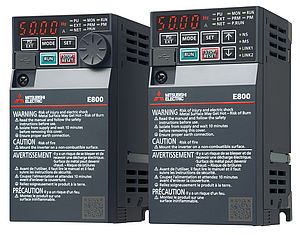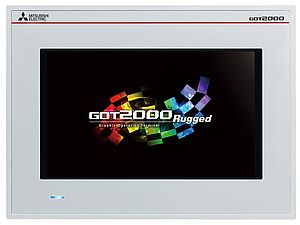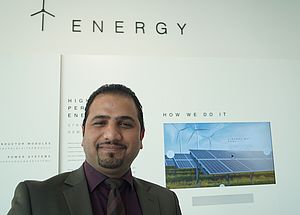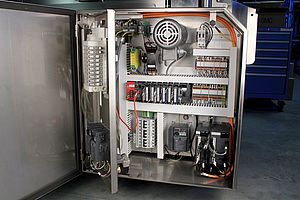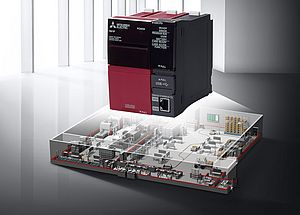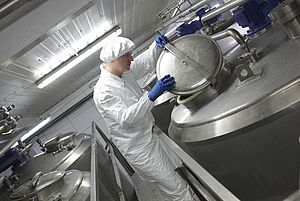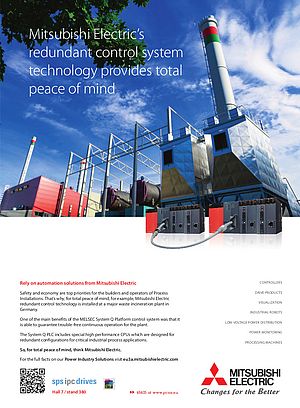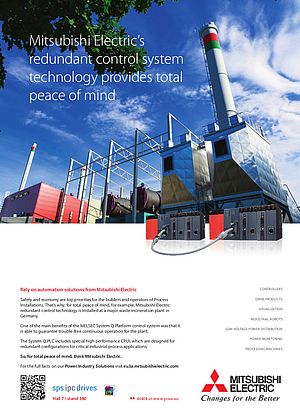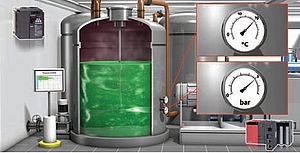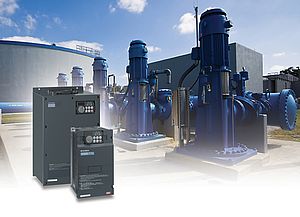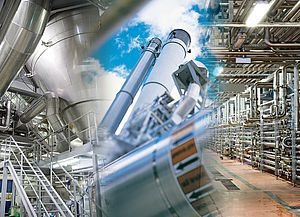Shutdown periods increase total operating costs and affect quality and efficiency. For that reason, downtimes should be kept to a minimum during the migration or modernisation of existing plants. Shutdowns can be reduced by carrying out the integration of the new system in parallel, without disrupting normal operation. Modern automation technologies, standardised software and flexible solutions – such as adapter solutions for example – can provide support in the run-up, enabling procurement costs and cabling work to be reduced. Tested and proven function blocks, standardised hardware and software solutions as well as specific libraries can also help to reduce the costs associated with project planning, engineering and commissioning.
Advanced condition monitoring
Ideally, a condition monitoring solution would be integrated in the complete system in conjunction with a form of energy monitoring. It could then help to ensure reliable system optimisation as well as minimise costs, downtimes and risks such as unscheduled shutdowns. Preventive maintenance enables the life-cycle of components to be maximised while maintaining the same level of performance and repairs to be scheduled. A modern condition monitoring system can be integrated quite easily and flexibly adjusted in line with plant requirements. In addition, it has an intuitive operating concept and offers the option of long-term data storage.
Improving plant transparency
Transparency is playing an increasingly important role in guaranteeing system availability and efficiency. Besides the central visualisation of the whole plant, it is all about the integration of decentralised plant components in real time. Intelligent remote terminal units (RTUs for short) can be used to connect external stations to a central process control or SCADA system.
The smartRTUs from Mitsubishi Electric feed data from branched plant systems such as pipelines, pumping stations or water treatment plants into the central SCADA system in real time. In the event of communication failure, they will temporarily store all the relevant data.
The comprehensive overview of the current plant status will also include acute maintenance requirements and fault or alarm messages.
Monitoring energy consumption and water pressure
Rising energy prices and the huge costs that can be incurred as a result of water losses in pipe systems are two further reasons for plant operators to decide to go digital. Tried and tested solutions can be used to optimise pumping station pressure, for example, enabling the load on the pipe network as well as water losses to be reduced.
Modern energy management systems allow energy consumption to be determined, evaluated, optimised and ultimately planned in detail. Detlef Koffke adds: "No plant should be without scalable solutions for tasks ranging from energy recording through peak load management to improving overall plant efficiency. These can open up possibilities for reducing energy consumption in almost all areas. So it is ultimately up to the operator to exploit that potential."



